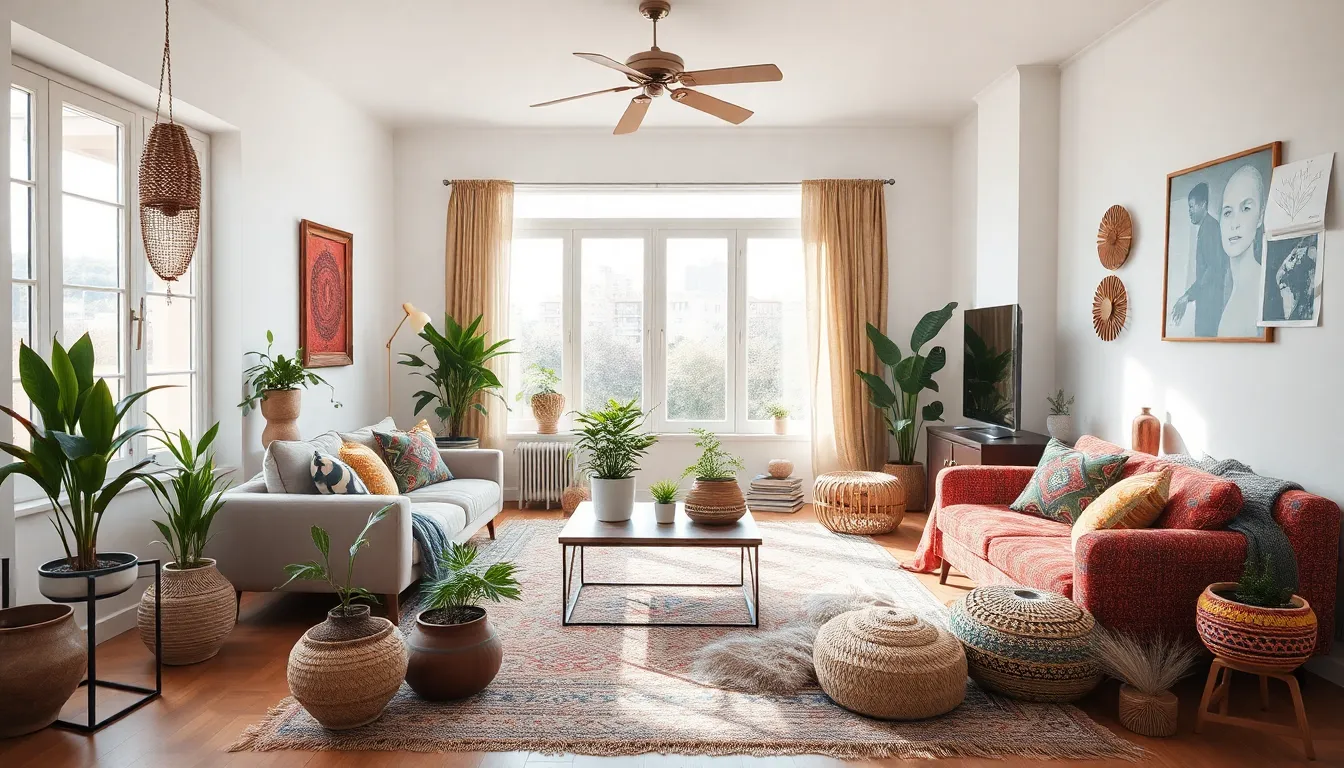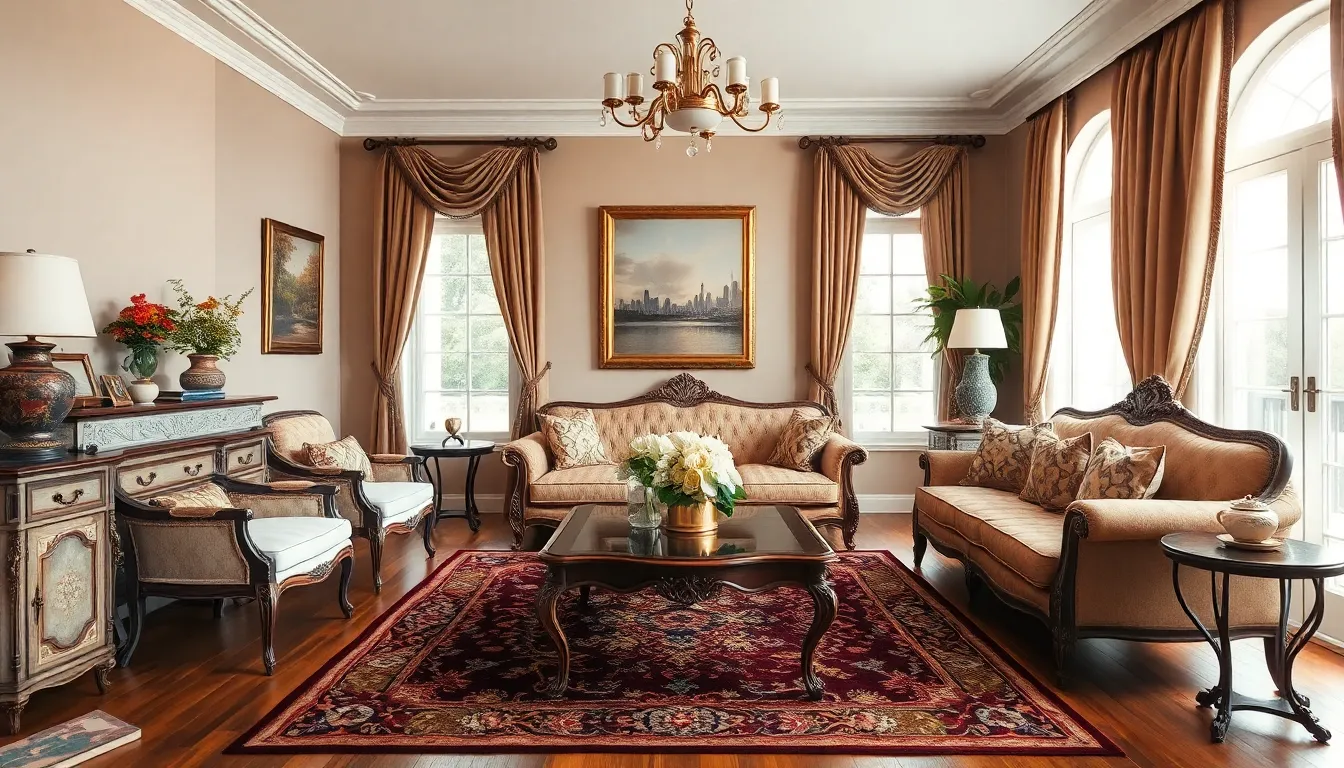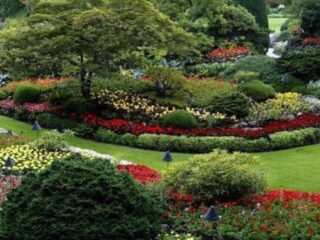
Every space tells a story, and the right interior design style can transform a house into a home. From the sleek lines of modern design to the cozy charm of rustic aesthetics, each style offers a unique way to express personality and create an inviting atmosphere. Understanding these styles not only enhances one’s living space but also reflects individual tastes and lifestyles. As trends evolve and preferences shift, homeowners often find themselves navigating a myriad of options. Whether someone is drawn to the minimalist approach of Scandinavian design or the vibrant energy of bohemian decor, knowing the fundamentals of various interior design styles can inspire creativity and confidence in making design choices. Embracing these styles can lead to a harmonious environment that resonates with comfort and beauty.
Interior Design Styles
Interior design styles encompass a range of aesthetics and themes that reflect individuality and lifestyle preferences. Each style possesses distinct characteristics, contributing to a unique atmosphere within a dwelling. Understanding these styles aids in making informed design decisions.Modern Style
Modern design emphasizes minimalism, clean lines, and a neutral color palette. This style often incorporates functional furniture and open space, providing a sense of simplicity and sophistication. Key features include sleek materials like glass and steel, along with geometric shapes.Contemporary Style
Contemporary design reflects current trends, adapting over time. This style prioritizes comfort and dynamic spaces, often blending various elements from other styles. Utilizing bold colors, mixed materials, and unique art pieces, contemporary interiors resonate with today’s homeowners seeking personalization.Scandinavian Style
Scandinavian design focuses on maximizing natural light and incorporating functional elements. Characterized by a muted color scheme, this style emphasizes simplicity and coziness. Natural materials like wood and textiles provide warmth, while clutter-free designs promote an airy feel.Rustic Style
Rustic design captures a rugged, natural essence through the use of organic materials. Exposed beams, stone accents, and earthy colors characterize this style. Its charm lies in creating a cozy ambiance that integrates outdoor elements, promoting a harmonious connection with nature.Bohemian Style
Bohemian design embraces an eclectic blend of colors, patterns, and textures. This style often features vintage furniture, handmade items, and global influences. Layered textiles and abundant greenery contribute to a relaxed, free-spirited atmosphere.Industrial Style
Industrial design draws inspiration from warehouses and factories, highlighting materials like exposed brick, metal, and wood. This style embraces a raw, unfinished look, often incorporating large open spaces and utilitarian elements. Neutral colors dominate, making it adaptable to various settings.Traditional Style
Traditional design reflects classic aesthetics, often incorporating ornate details and rich wood tones. Furniture tends to be more formal, with symmetrical arrangements and layered textures. This style conveys elegance and timelessness, creating inviting, refined spaces.Mid-Century Modern Style
Mid-century modern design features a blend of retro and contemporary elements, characterized by clean lines, organic shapes, and vibrant colors. Iconic furniture pieces and bold patterns define this style, fostering a nostalgic yet stylish environment. Recognizing these various interior design styles allows individuals to create spaces that align with their preferences, embodying their personality while ensuring a functional and inviting home.Classic Interior Design Styles

Traditional Style
Traditional style highlights classic elegance with a focus on symmetry and refined details. This style incorporates rich wood tones, ornate furniture, and decorative elements like crown molding. Fabrics such as brocade, silk, and damask contribute to a luxurious atmosphere. Color palettes often feature warm, muted tones, creating a cozy yet dignified environment. Examples include antique furnishings and elaborate rugs that enhance the visual depth of the space.Transitional Style
Transitional style serves as a bridge between traditional and contemporary design. It blends classic elements with modern simplicity, promoting a harmonious balance. Neutral color schemes prevail, featuring whites, grays, and beiges that maintain an understated feel. Furniture tends toward clean lines, often with subtle curves that add interest without overwhelming the senses. Accessories may include mixed textures, such as leather and wood, which create warmth while maintaining a modern aesthetic. This style caters to those who appreciate timelessness but desire a fresh, updated look.Modern Interior Design Styles
Modern interior design styles focus on simplicity, elegance, and functionality. These styles create spaces that are visually striking and comfortable, blending aesthetics with practicality.Minimalist Style
Minimalist style emphasizes simplicity and functionality. This style showcases open spaces, limited color palettes, and essential furnishings. Key characteristics include:-
- Clean Lines: Straight edges and geometric shapes dominate furniture and decor.
-
- Neutral Colors: Grays, whites, and muted tones establish a calming environment.
-
- Uncluttered Space: Minimal decor enhances the sense of openness, allowing essential items to shine.
-
- Natural Light: Large windows and open layouts promote an airy atmosphere.
Industrial Style
Industrial style embraces raw materials and utilitarian design. Originating from repurposed warehouses and factories, this style exudes an urban sophistication characterized by:-
- Exposed Elements: Visible pipes, brick walls, and concrete floors showcase structural beauty.
-
- Subdued Color Schemes: Earthy tones, blacks, and grays create a rugged yet stylish backdrop.
-
- Mix of Textures: The combination of metal, wood, and leather adds depth and interest.
-
- Vintage Accents: Retro furnishings and lighting fixtures provide character and charm.






